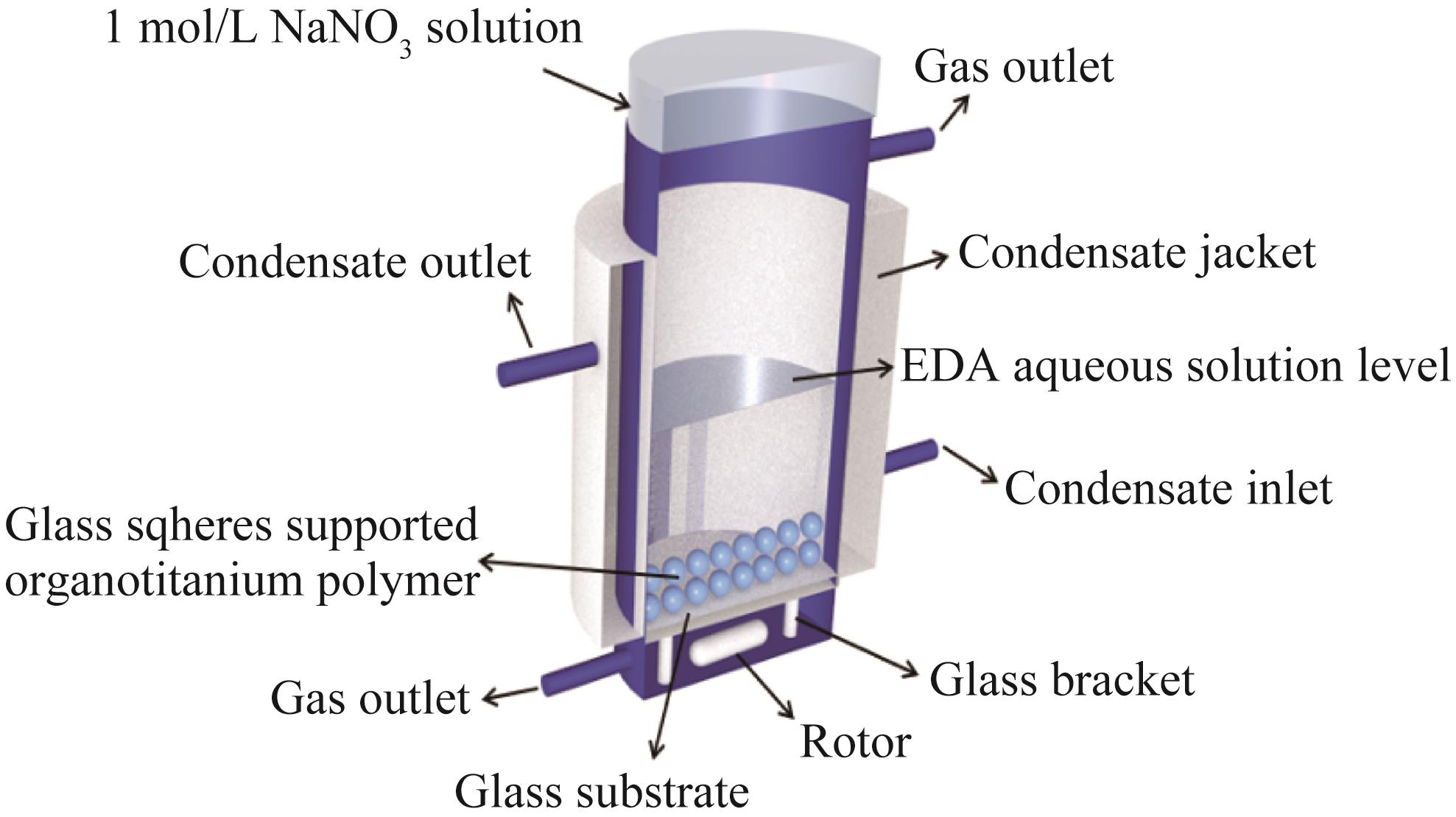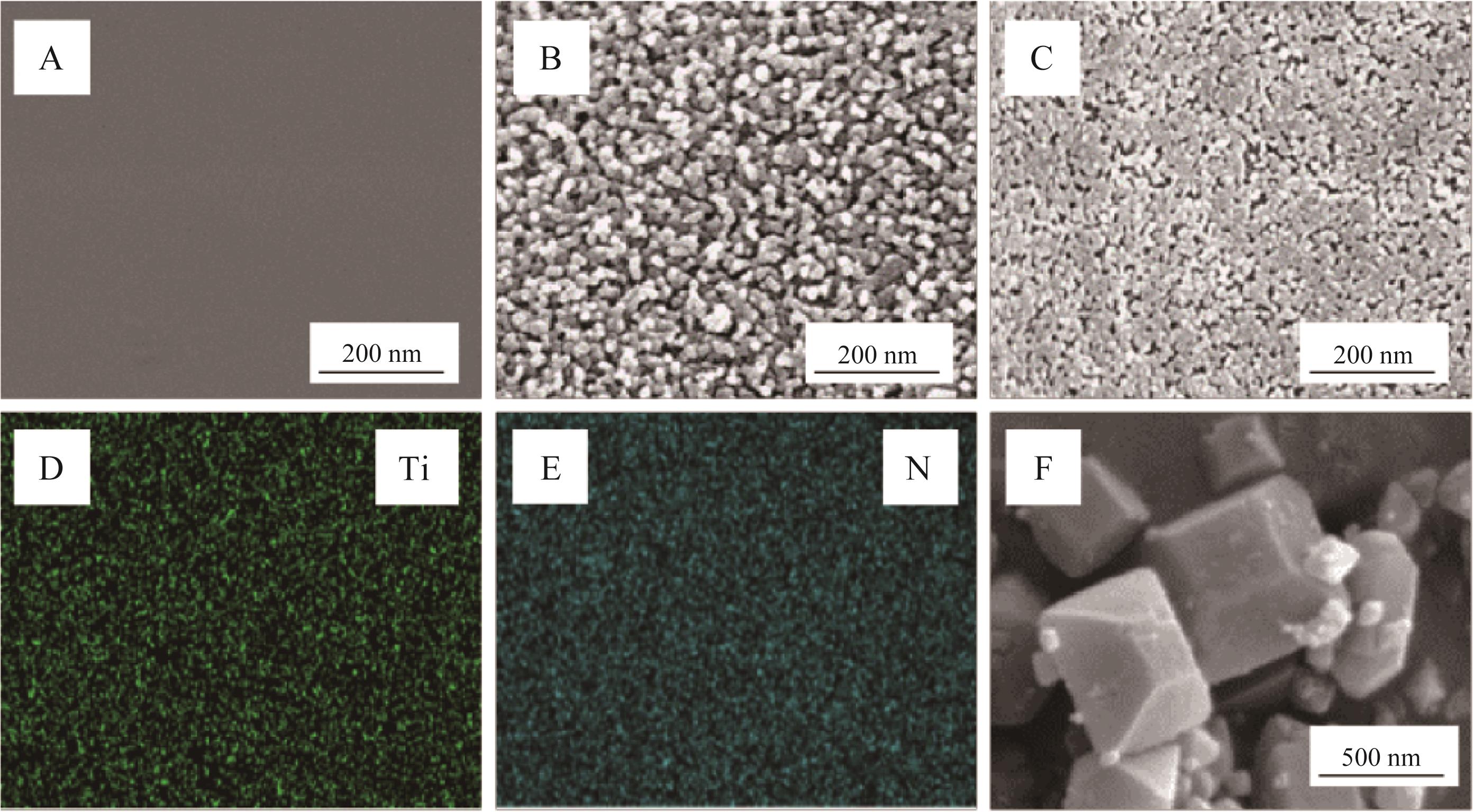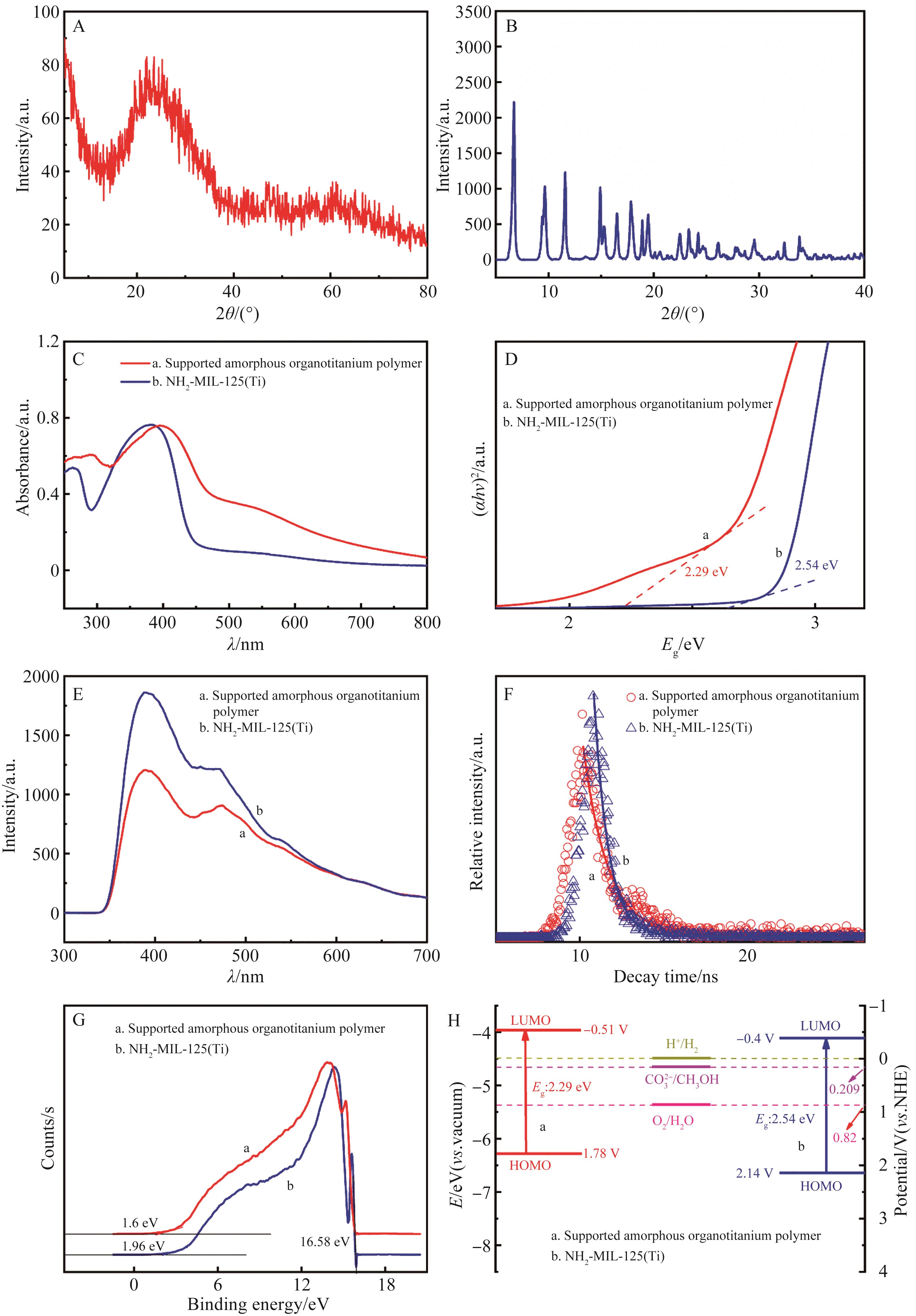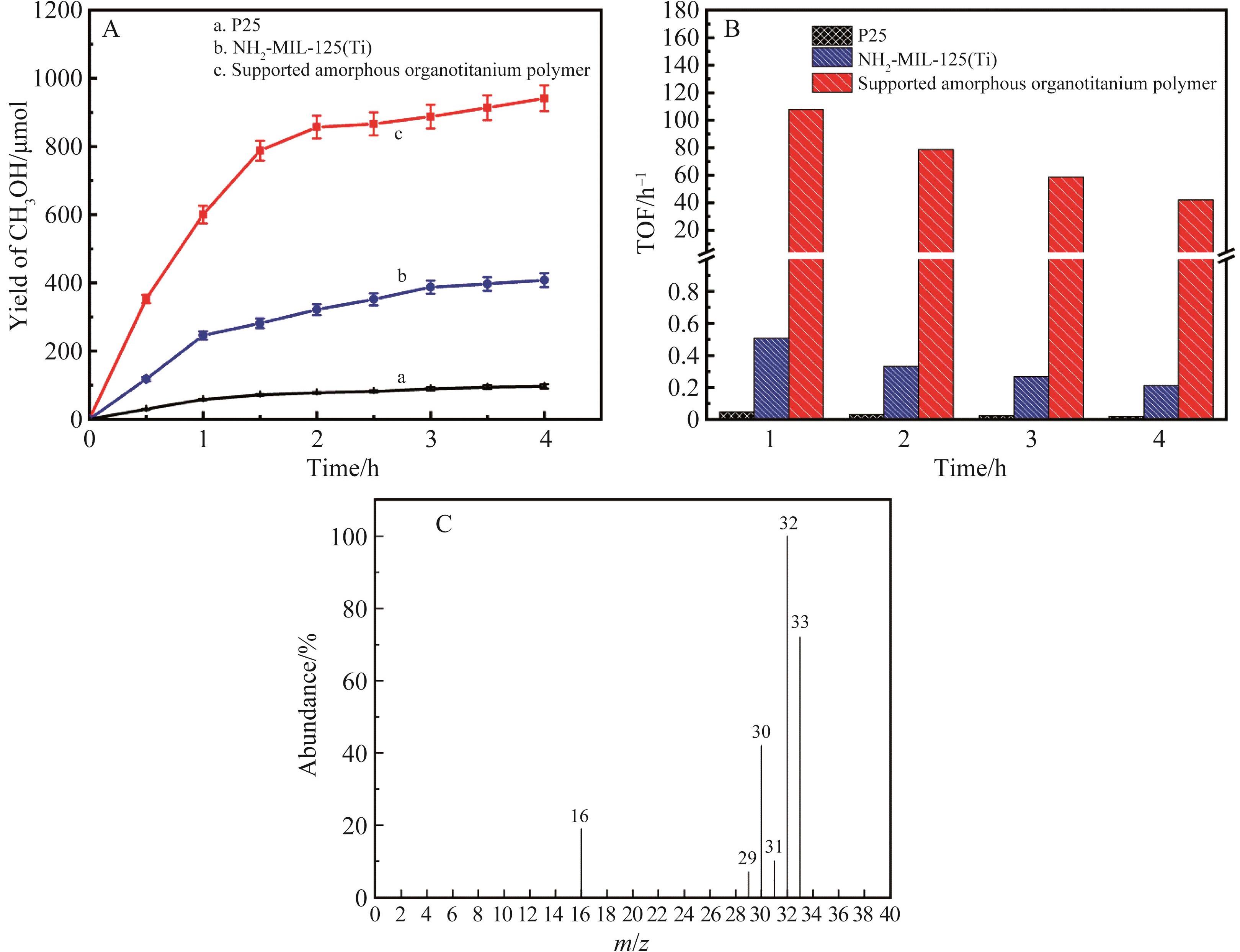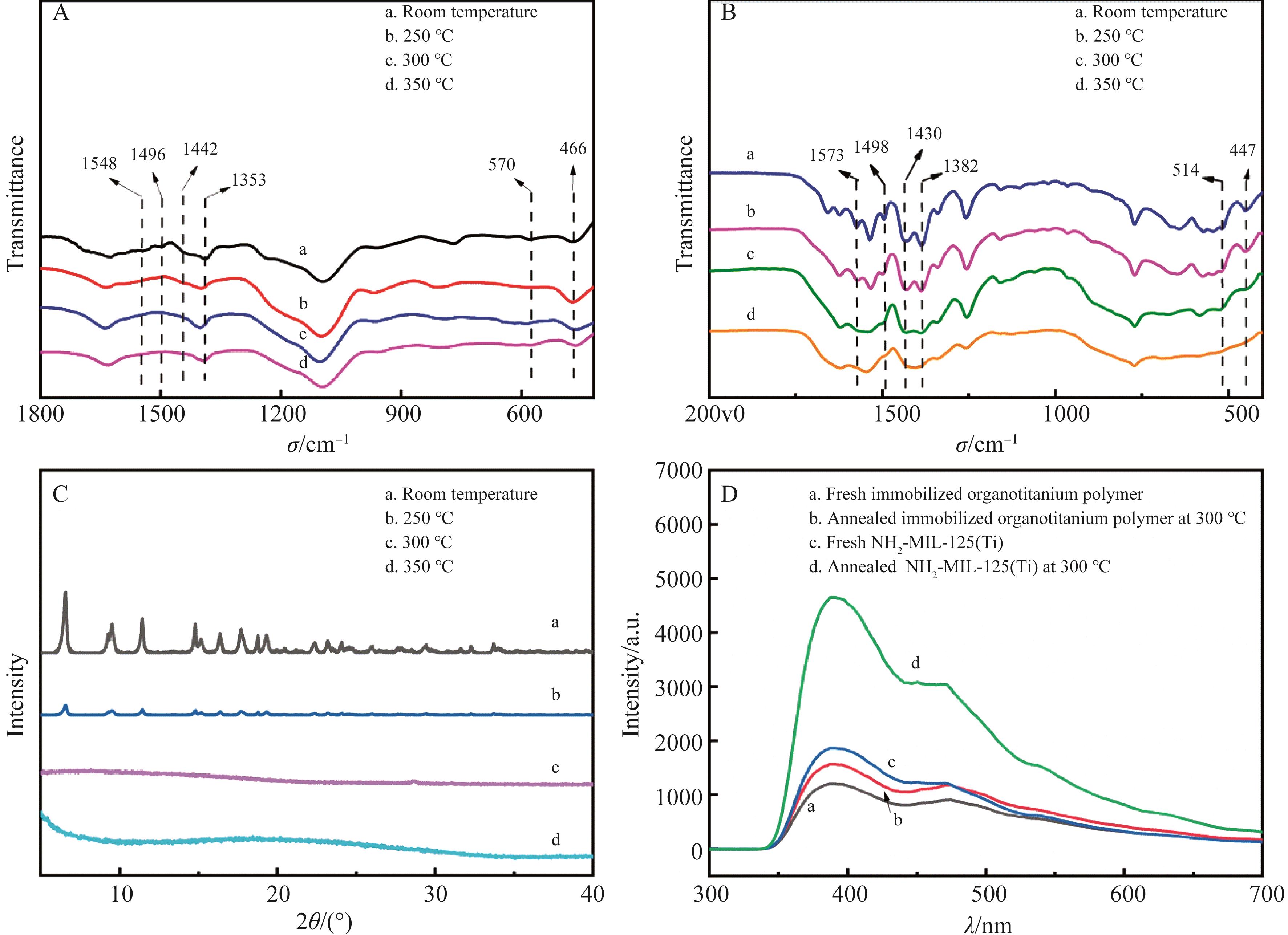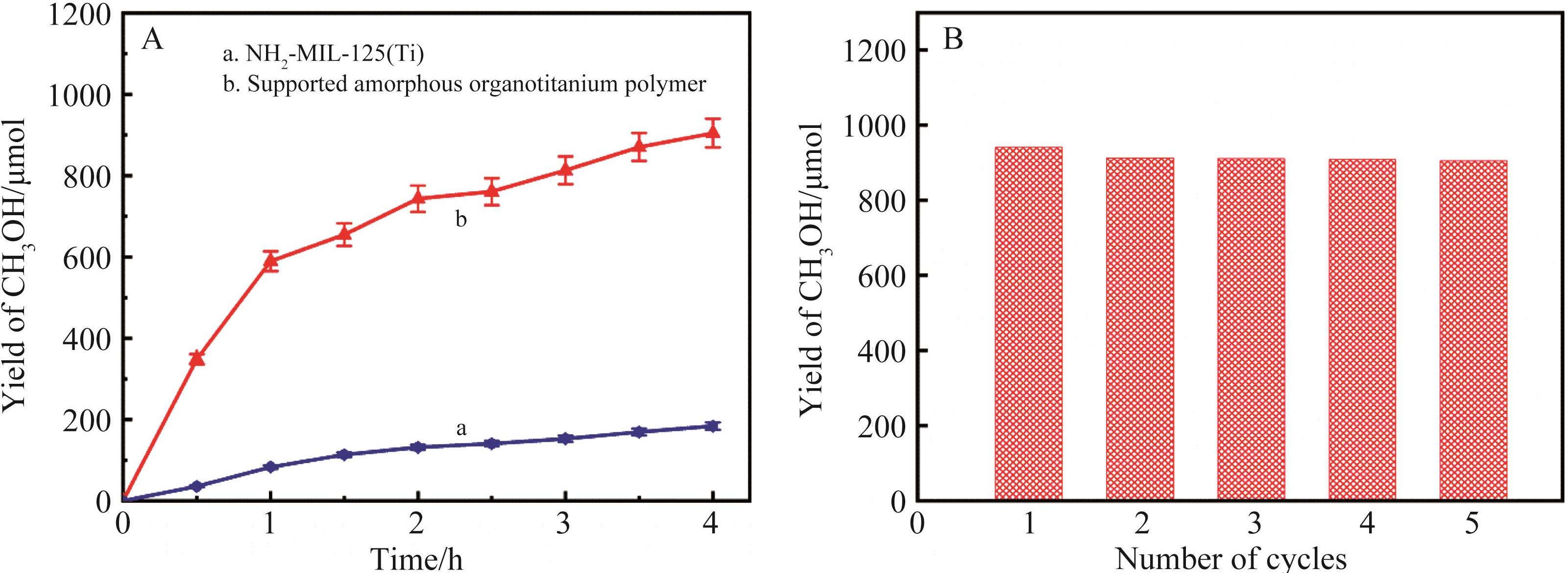| 1 |
DUTTA V, SHARMA S, RAIZADA P, et al. Fabrication of visible light active BiFeO3/CuS/SiO2 Z-scheme photocatalyst for efficient dye degradation[J]. Mater Lett, 2020, 270: 127693.
|
| 2 |
IHARA T, MIYOSHI M, IRIYAMA Y, et al. Visible-light-active titanium oxide photocatalyst realized by an oxygen-deficient structure and by nitrogen doping[J]. Appl Catal B, 2003, 42(4): 403-409.
|
| 3 |
KIM J, LEE C W, CHOI W, et al. Platinized WO3 as an environmental photocatalyst that generates OH radicals under visible light[J]. Environ Sci Technol, 2010, 44(17): 6849-6854.
|
| 4 |
李秀芹, 李子真, 李春虎, 等. 贝壳类基纳米Fe3+-TiO2光催化降解海洋油污的动力学研究[J]. 中国海洋大学学报 (自然科学版), 2013, 43(4): 63-66.
|
|
LI X Q, LI Z Z,LI C H, et al. Study on the kinetic of Fe3+-TiO2/shell photocatalytic degradation of oil[J]. China Period Ocean Univ (Nat Sci Ed), 2013, 43(4): 63-66.
|
| 5 |
李桂菊, 张朕, 李弘涛, 等. 铁掺杂二氧化钛负载空微球光催化剂制备及应用[J]. 工业水处理, 2017, 37(7): 66-69.
|
|
LI G J, ZHANG Z, LI H T, et al. Preparation of Fe-doped TiO2-coated hollow microspheres photo-catalyst and its application[J]. Ind Water Treat, 2017, 37(7): 66-69.
|
| 6 |
DU J, ZHANG J, YANG T, et al. The research on the construction and the photocatalytic performance of BiOI/NH2-MIL-125(Ti) composite[J]. Catalysts, 2020, 11(1): 24.
|
| 7 |
HE Y, LUO S, HU X, et al. NH2-MIL-125(Ti) encapsulated with in situ-formed carbon nanodots with up-conversion effect for improving photocatalytic NO removal and H2 evolution[J]. Chem Eng J, 2021, 420: 127643.
|
| 8 |
ZHANG Y, SONG J, SHAO W, et al. Au@ NH2-MIL-125(Ti) heterostructure as light-responsive oxidase-like mimic for colorimetric sensing of cysteine[J]. Micropor Mesopor Mat, 2021, 310: 110642.
|
| 9 |
LLABRESIXAMENA F X, CORMA A, GARCIA H, et al. Applications for metal-organic frameworks (MOFs) as quantum dot semiconductors[J]. J Phys Chem C, 2007, 111(1): 80-85.
|
| 10 |
WANG D, HUANG R, LIU W, et al. Fe-based MOFs for photocatalytic CO2 reduction: role of coordination unsaturated sites and dual excitation pathways[J]. ACS Catal, 2014, 4(12): 4254-4260.
|
| 11 |
SUN D, YE L, LI Z,et al. Visible-light-assisted aerobic photocatalytic oxidation of amines to imines over NH2-MIL-125(Ti)[J]. Appl Catal B, 2015, 164: 428-432.
|
| 12 |
CHUNG Y H, HAN K, LIN C Y, et al. Photocatalytic hydrogen production by photo-reforming of methanol with one-pot synthesized Pt-containing TiO2 photocatalysts[J]. Catal Today, 2020, 356: 95-100.
|
| 13 |
PROTTI S, ALBINI A, SERPONE N, et al. Photocatalytic generation of solar fuels from the reduction of H2O and CO2: a look at the patent literature[J]. Phys Chem Chem Phys, 2014,16(37): 19790-19827.
|
| 14 |
HOFFMANN M, MOSS J, BAUM M, et al. Artificial photosynthesis: semiconductor photocatalytic fixation of CO2 to afford higher organic compounds[J]. Dalton Trans, 2011, 40(19): 5151-5158.
|
| 15 |
HENDON C H, TIANA D, FONTECAVE M, et al. Engineering the optical response of the titanium-mil-125 metal-organic framework through ligand functionalization[J]. J Am Chem Soc, 2013,135(30): 10942-10945.
|
| 16 |
赵远, 贺建雄, 姜宏, 等. 非晶态有机锆聚合物制备及其光催化CO2合成甲醇[J]. 精细化工, 2020, 37(6): 1163-1170.
|
|
ZHAO Y, HE J X, JIANG H, et al. Preparation of amorphous organozirconium polymer and its photocatalytic synthesis of methanol from CO2[J]. Fine Chem, 2020, 37(6): 1163-1170.
|
| 17 |
FU Y, YANG H, DU R, et al. Enhanced photocatalytic CO2 reduction over Co-doped NH2-MIL-125(Ti) under visible light[J]. RSC Adv, 2017, 7(68): 42819-42825.
|
| 18 |
JI J, HE H, CHEN C, et al. Biomimetic hierarchical TiO2@CuO nanowire arrays-coated copper meshes with superwetting and self-cleaning properties for effcient oil/water separation[J]. ACS Sustain Chem Eng, 2018, 7(2): 2569-2577.
|
| 19 |
HENDON C H, TIANA D, FONTECAVE M, et al. Engineering the optical response of the titanium-MIL-125 metal-organic framework through ligand functionalization[J].J Am Chem Soc, 2013, 135(30): 10942-10945.
|
| 20 |
SONG W, YOSHITAKE M, et al. A work function study of ultra-thin alumina formation on NiAl(1 1 0) surface[J]. Appl Surf Sci, 2005, 251(1/2/3/4): 14-18.
|
| 21 |
CHEN X Y, YE X Z, HE J X, et al. Preparation of Fe3+-doped TiO2 aerogels for photocatalytic reduction of CO2 to methanol[J]. J Sol-Gel Sci Techn, 2020, 95(2): 353-359.
|
| 22 |
ABID H R, SHANG J, ANG H M, et al. Amino-functionalized Zr-MOF nanoparticles for adsorption of CO2 and CH4[J]. Int J Smart Nano Mat, 2013, 4(1): 72-82.
|
| 23 |
MOREIRA M A,SANTOS J C,FERREIRA A F,et al. Toward understanding the influence of ethylbenzene in p-xylene selectivity of the porous titanium amino terephthalate MIL-125(Ti): adsorption equilibrium and separation of xylene isomers[J]. Langmuir, 2012, 28(7): 3494-3502.
|
| 24 |
邢帅, 姜宏, 熊春荣, 等. 椰壳活性炭氧化后负载硅基复合氧化物低温脱硝催化剂的研究[J]. 分子催化, 2016, 30(2): 140-150.
|
|
XING S,JIANG H,XIONG C R, et al. Research of silicon-based composite oxides supported on oxided cocount shell active carbon as denitration catalyst at low temperature [J]. J Mol Catal, 2016, 30(2): 140-150.
|
| 25 |
QIU W, YANG Y, YANG X, et al. Preparation and characterization of metal-containing bismaleimides from divalent metal salts of p-aminobenzoic acid[J]. J Appl Polym Sci, 1997, 63(13): 1827-1831.
|
| 26 |
QIU W, YANG Y, YANG X, et al. Synthesis and characterization of polyimides from divalent metal salts of p-aminobenzoic acid[J]. J Appl Polym Sci, 2015, 59(9): 1437-1442.
|
| 27 |
HU S,LIU M,LI K,et al. Solvothermal synthesis of NH2-MIL-125(Ti) from circular plate to octahedron[J]. CrystEngComm, 2014, 16(41): 9645-9650.
|

 )
)
 )
)
